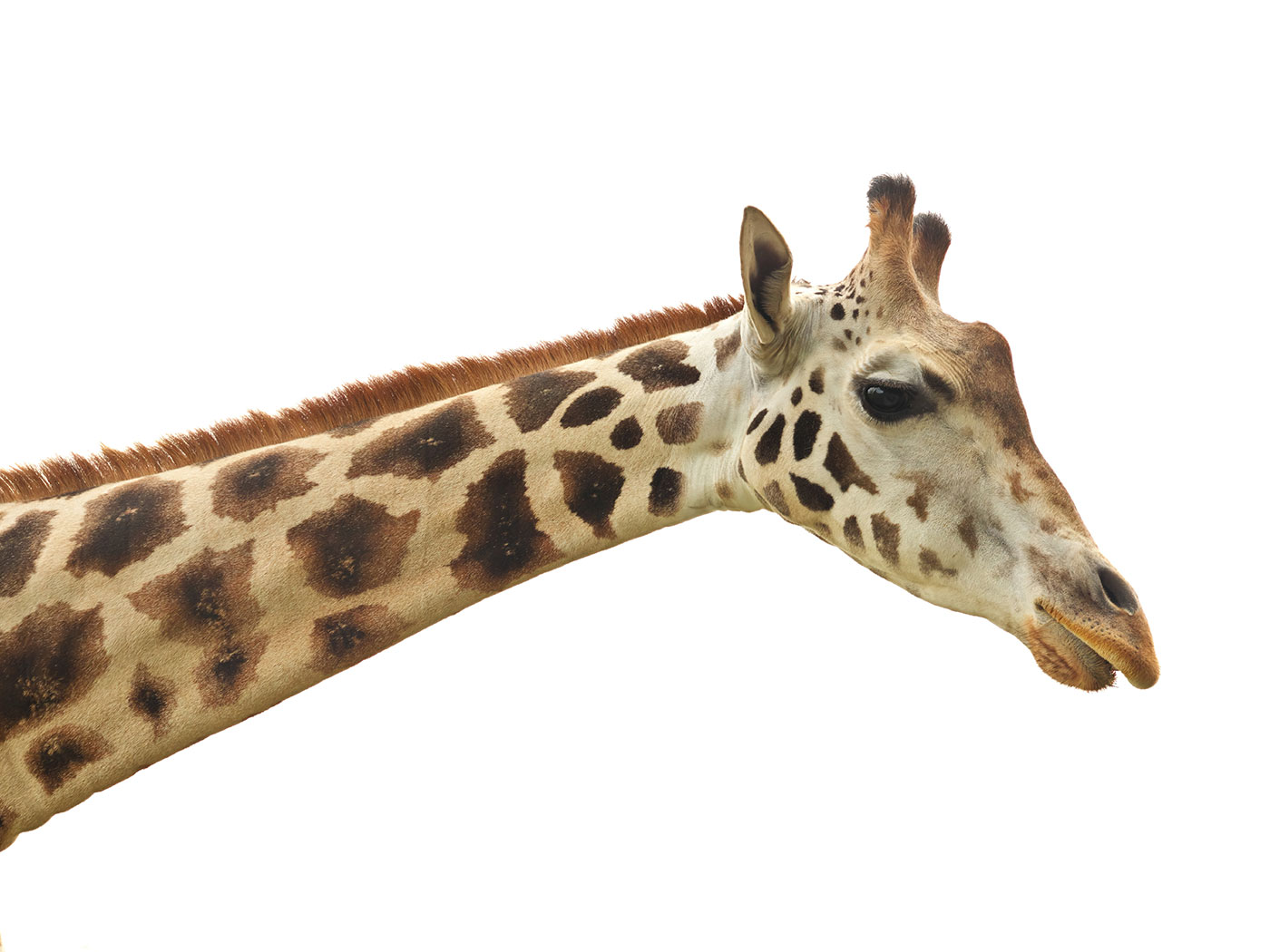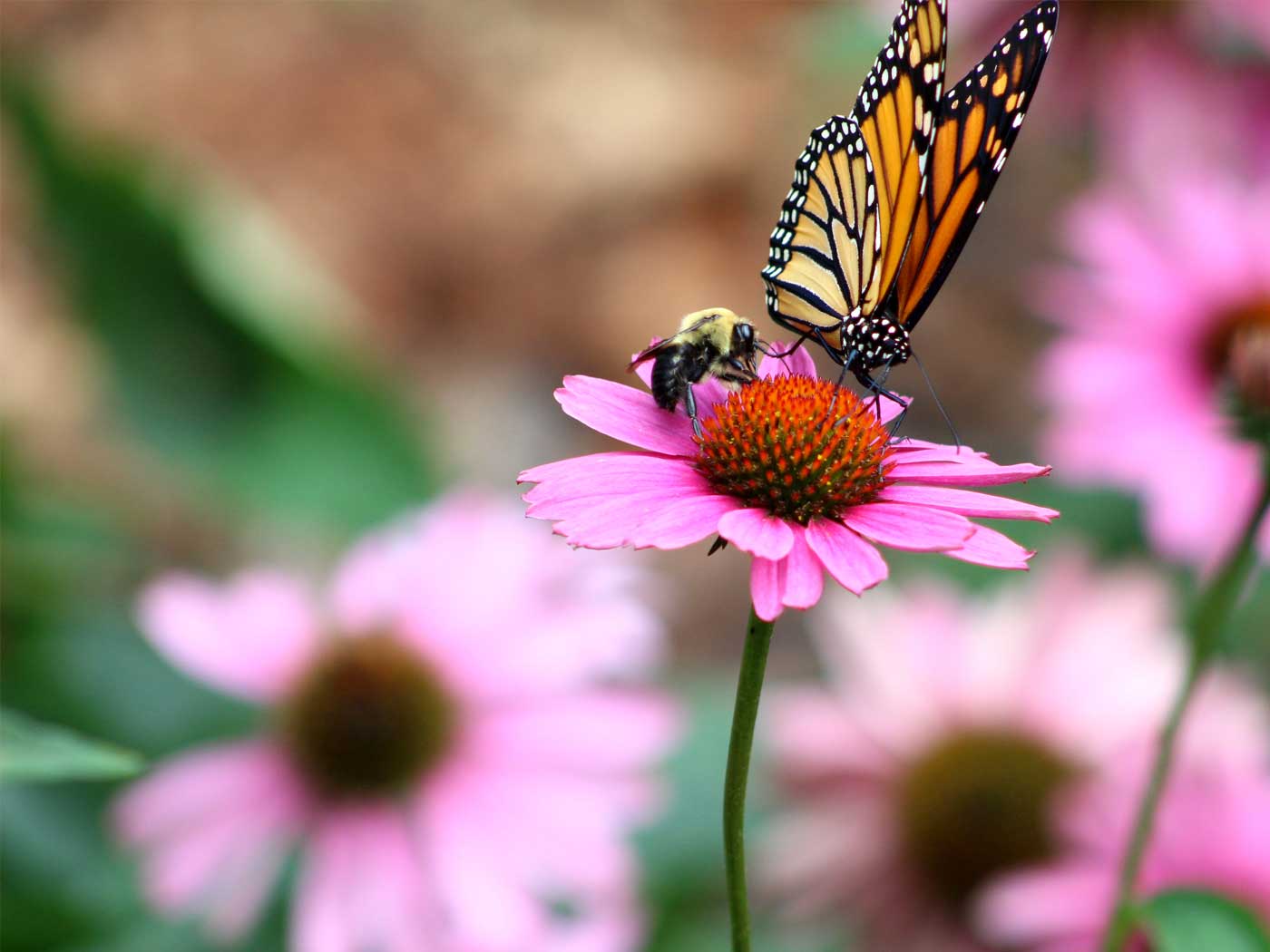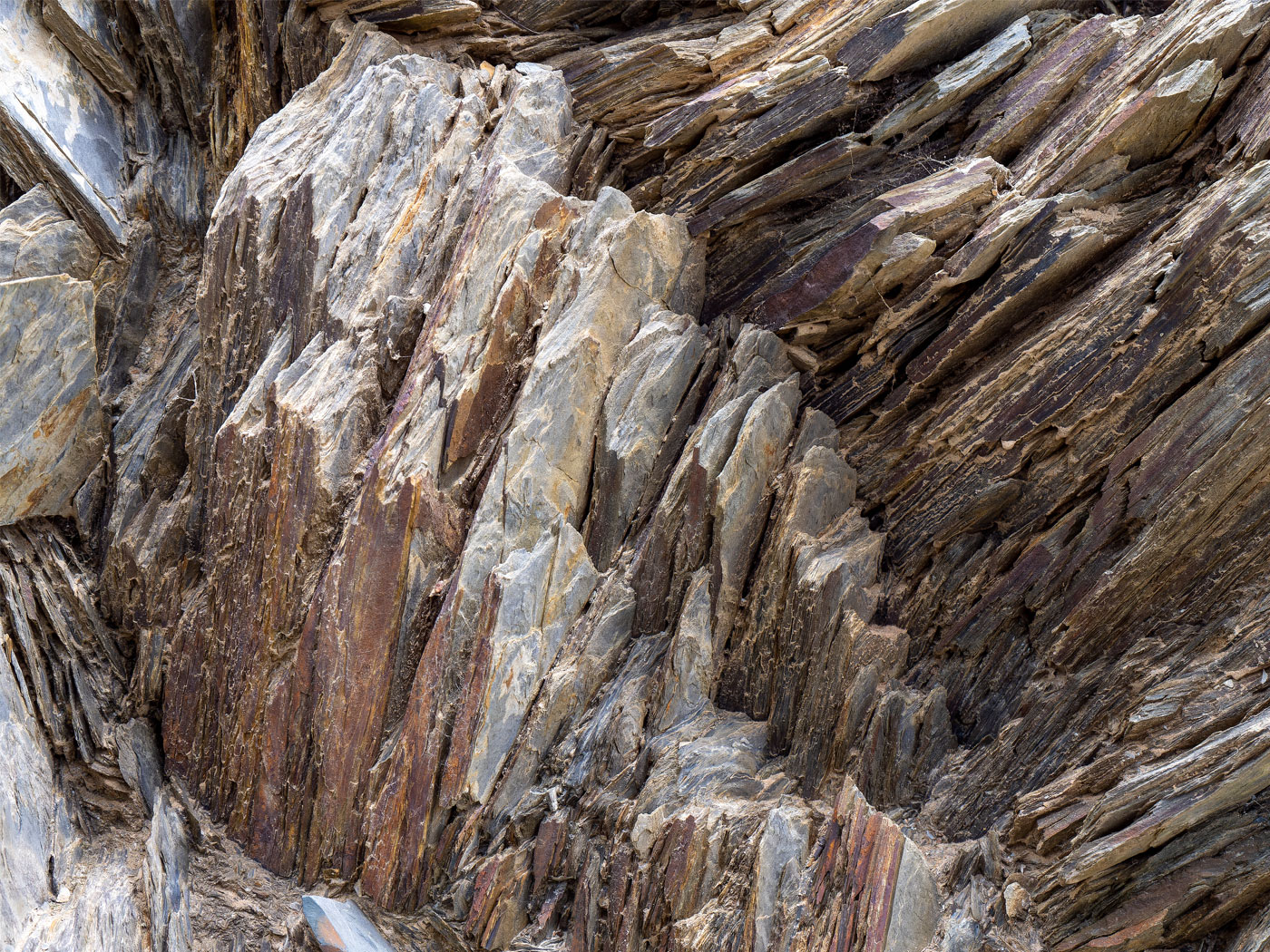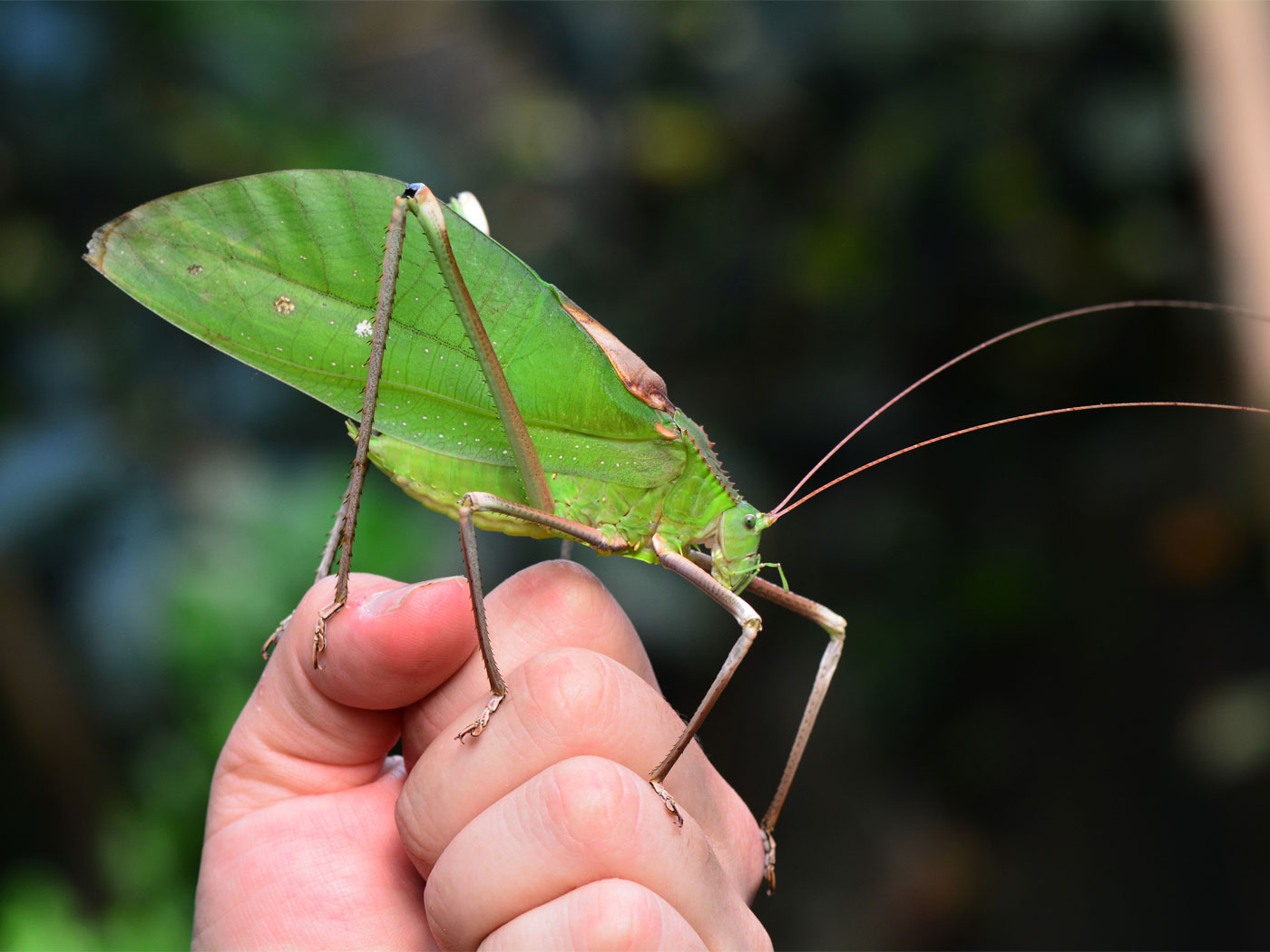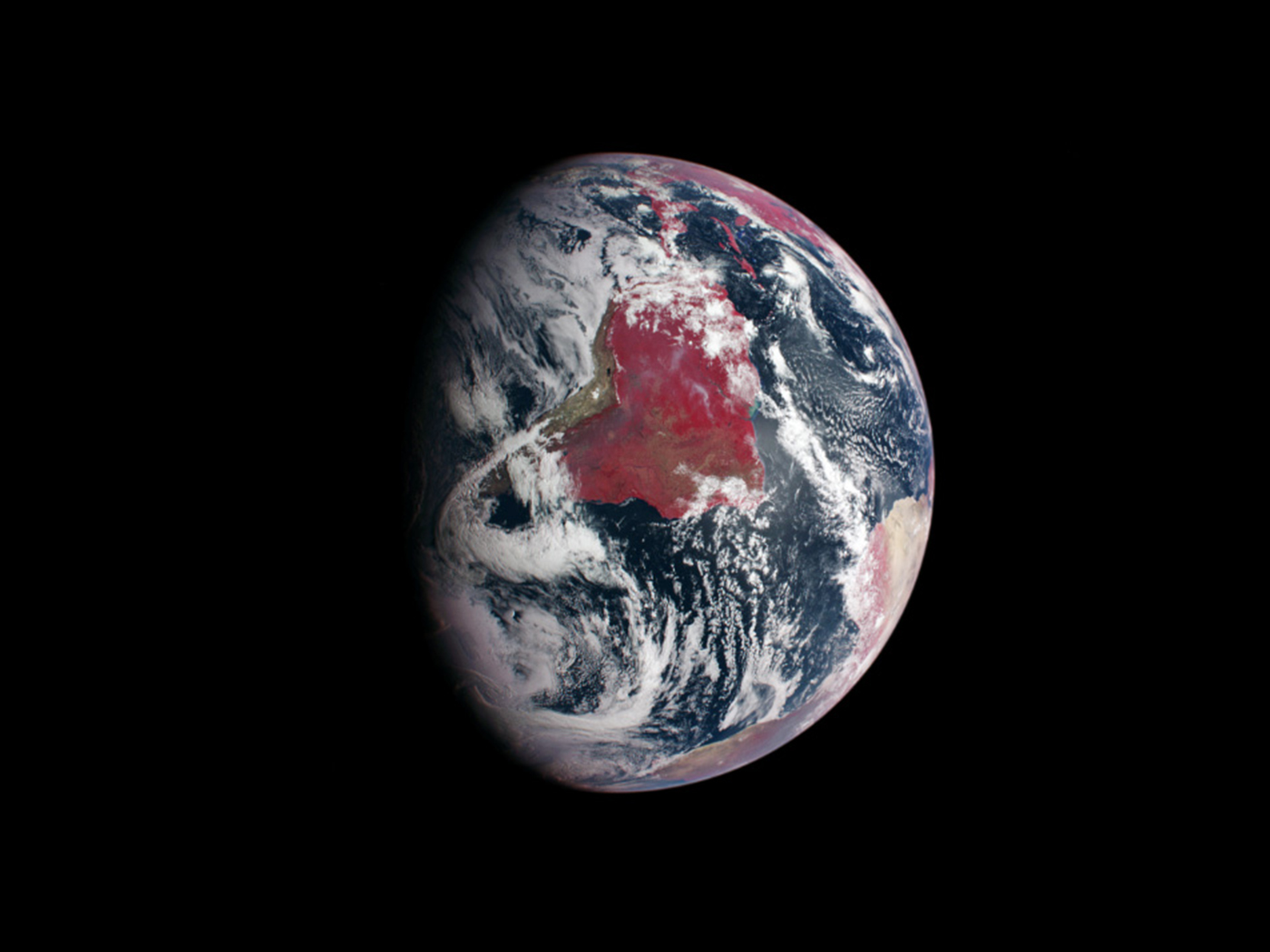Two separate spider research projects published remarkable results, both in the journal Current Biology. These spiders’ specific features show their miniature skills, and cause us to marvel at their Maker.
Andrew Gordus is a neurobiologist and was the senior author of a recent spider web study. He told Johns Hopkins University, “After seeing a spectacular web, I thought, 'if you went to a zoo and saw a chimpanzee building this you'd think that's one amazing and impressive chimpanzee.' Well this is even more amazing because a spider's brain is so tiny.”1
The expertise encoded in spider brains must have come from an actual expert.2
Another study reported on the webbing from jumping spiders (family Salticidae). Unlike orb weavers that catch food that lands in their nets, jumping spiders pounce on their prey. Biologists from Harvard University noted that jumping spiders spin a silk thread during their rapid jump motion.
If these spiders spin their silk too fast, webbing would spool onto the ground in useless heaps. If they spin too slow, the silk strand would jerk them out of the air mid-jump. Therefore, “this silk must be spun at the same speed as the spider jumps.”3
The team tested the toughness of this fast-spun silk, finding it outperformed most other spider silks. How can it be so tough even when it comes out so fast? The study authors called it “extraordinary.” If the adjectives “amazing and impressive” and “extraordinary” befit that which God created, then they apply just as well to the Creator Himself.
References
1. Rosen, B. Spiders’ Web-Making Secrets Unraveled. Johns Hopkins University. Posted on hub.jhu.edu November 2, 2021, accessed November 19, 2021.
2. Tomkins, J. Spiders Have Built-In Algorithm to Construct Webs. Creation Science Update. Posted on ICR.org November 29, 2021, accessed November 30, 2021.
3. Chen, A., K. Kim, P.S. Shamble. Rapid mid-jump production of high-performance silk by jumping spiders. Current Biology. 31: R1403–R1423.
Image: hackled orb weaver
Image Credit: Gordus Lab © Adapted for use in accordance with federal copyright (fair use doctrine) law. Usage by ICR does not imply endorsement of copyright holder.
*Dr. Brian Thomas is Research Scientist at the Institute for Creation Research and earned his Ph.D. in paleobiochemistry from the University of Liverpool.
Spider Silk Secrets Stun Scientists
The Latest
Was a Key to Photosynthesis Evolution Discovered?
Northern Canadian lakes were the source of recently discovered unique photosynthetic bacteria of the phylum Chloroflexota. After years of culturing,...
CREATION PODCAST
Four Moons That Indicate a Young Universe | The Creation Podcast:...
Earth has one moon, but Jupiter has many! What can we learn from our celestial neighbor's satellites? Do they indicate youth?
Host...
Creation Kids: Seeds and Sprouts
by Renée Dusseau and Susan Windsor*
You're never too young to be a creation scientist and explore our Creator's world. Kids, discover...
APOLOGETICS
Christ’s Creativity in Canyon Critters
Grand Canyon animals display many marvelous traits and behaviors as they live life in that harsh habitat. These canyon creatures succeed thanks to the...
Standing Against False Science
I’m Michael Stamp, and I’m in my 12th year as an editor at the Institute for Creation Research. It’s always an encouragement to see...
Oysters and Pre-Flood Longevity
The oyster species Crassostrea virginica, also known as the eastern oyster, is a prized seafood. Research has demonstrated that a fossil version of...
Galápagos Finches: A Case Study in Evolution or Adaptive Engineering?
A group of birds known as Darwin’s finches live in the Galápagos Islands, which are located in the Pacific Ocean 600 miles west of Ecuador....
Hot Springs National Park: Hydrothermal Springs Formed By The...
Hot Springs National Park is located about an hour southwest of Little Rock in the folded Ouachita Mountains of central Arkansas. It is the second smallest...
Why Biology Needs A Theory of Biological Design—Part 2
“Based on a true story” is included by movie producers to add authenticity, importance, and a flair of anticipation. So, my account of how...
Marine Fossil Tapeworm Is Still a Tapeworm
The Flood was both sudden and rapid. The burial of creatures—including delicate plants and soft-bodied animals like jellyfish1—occasionally...




